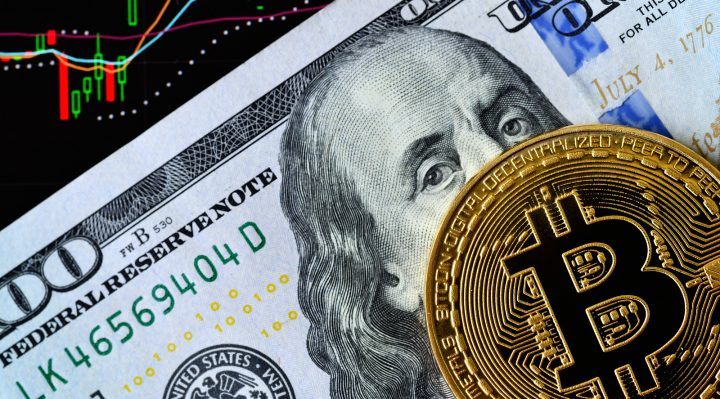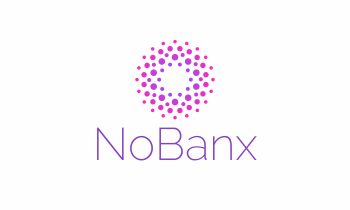
The U.S. dollar tumbled to a three-month low against the euro and a five-month low against the Japanese yen as talk of monetary easing by the Fed hindered demand for the currency.
The euro gained 2% from a two-week low to hit $1.1412. The yen also benefited from the news of tensions between Iran and the United States.
The U.S. dollar was also modestly weaker against other major currencies, including the New Zealand, Australian and Canadian dollars.
The U.S. Federal Reserve signaled last week that it would cut interest rates before the end of the year due to mounting concerns over an economic slowdown and the effects of tariff wars between the U.S. and China. The news accelerated sales of the dollar on forex trading platforms.
U.S. 10-year Treasury yields fell below 2% in earlier trading. The dollar index also dipped to a three-month low of 95.843.
Investors are waiting for fresh clues from the Fed on possible rate cuts. Several Fed officials are slated to speak on Tuesday.
Interest rate futures imply that traders are fully priced in a quarter-point rate cut from the Federal Reserve next month. Traders are also seeing an increased probability of at least two more rate cuts after July.
Sterling benefited from the dollar’s weakness, but the pound will likely remain under pressure due to Brexit concerns. The euro was 0.3% firmer against the Swiss franc, reaching 1.1108 francs.
In digital currencies, bitcoin broke $11,000 for the first time since March 2018. The cryptocurrency has soared more than 200% this year. News that Facebook is planning to introduce its Libra digital currency has helped fuel demand for the cryptocurrency.
Bitcoin’s rebound was unexpected and considered “extraordinary” by some experts. Some traders are betting that the digital currency may reach $50,000, according to The Wall Street Journal.
Facebook’s proposed Libra currency isn’t the thing driving demand for cryptocurrency. There is speculation that an event, known as “the halvening,” is also fueling demand. In this event, the rewards bitcoin miners receive will be cut in half.
Currently, miners receive 12.5 bitcoins for solving complex math problems to validate bitcoin transactions. The rewards are halved every few years to keep inflation in check. The reward per miner, according to experts, will be cut in half again in May 2020 to 6.25 bitcoins.
Traders are seeing a potential upside to this event, as it will dampen supply and boost the price of the digital currency.
Ben Myers
Latest posts by Ben Myers (see all)
- 3 Reasons Bitcoin is Still a Safe Haven Asset - June 12, 2020
- GCF Corporation and Genesis Green Initiatives Leading the Way - May 20, 2020
- Why Bitcoin Still Rules the Roost - May 13, 2020






